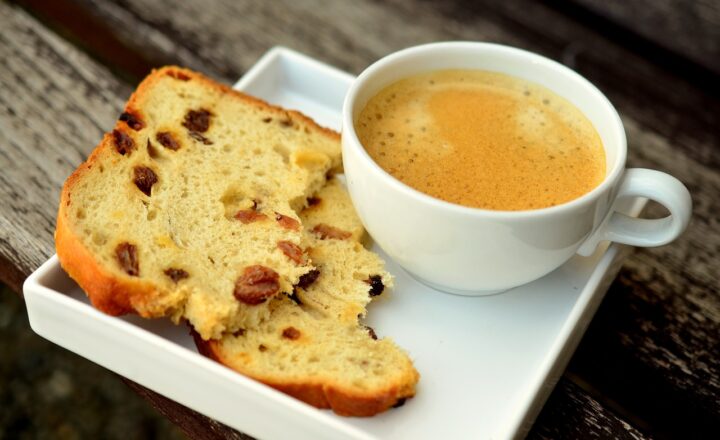
Pairing food correctly can be the difference between a good meal and an unforgettable dining experience. The right combinations can elevate flavors, enhance aromas, and ensure that each dish is a culinary delight. In this guide, we will delve into the art and science of food pairing, exploring key principles, classic combinations, and even some innovative strategies to boost your meal enjoyment.
1. Understanding the Basics of Flavor Pairing
Food pairing is all about combining ingredients that complement each other. The foundation of successful pairings lies in understanding how different flavors work together. Here are the main types of flavors to consider:
- Sweet: Flavors like sugar, honey, or ripe fruits can balance acidity and bitterness.
- Savory (Umami): Ingredients such as mushrooms, tomatoes, and aged cheeses can enhance overall depth.
- Sour: Items like lemon, vinegar, and pickles provide sharpness, cutting through richness.
- Bitter: Ingredients such as dark chocolate and leafy greens introduce complexity.
- Salty: Salt amplifies sweetness and balances flavors, making it a critical component in many dishes.
By recognizing these flavor profiles, you can make informed choices about food pairings that naturally complement each other.
2. The Science Behind Flavor Pairing
Food pairing is not solely an art; it also has a scientific aspect. Researchers have studied flavor compounds in various foods to understand how and why certain ingredients go well together. The concept of mutuality in flavors suggests that foods sharing flavor compounds can create harmonious pairings.
For example:
- Tomatoes and basil – share flavor compounds that enhance freshness and depth.
- Chocolate and strawberries – the fruity acidity complements the rich sweetness of chocolate.
- Cheese and wine – the tannins in wine soften the fat in cheese, creating a balanced palate experience.
Understanding these relationships can aid in experimenting with new and exciting pairings.
3. Classic Food Pairings: The Tried and True
While innovation is key in the kitchen, there are classic pairings that have stood the test of time. Here are some iconic combinations that never fail:
- Cheese and Charcuterie: A plate of assorted cheeses paired with cured meats offers diverse textures and flavors. Consider adding fruits, nuts, and mustards for complexity.
- Pasta and Pesto: The herbal freshness of pesto complements rich pasta dishes perfectly. Pair it with toppings such as grilled chicken or roasted vegetables.
- Bread and Olive Oil: Dipping fresh bread into high-quality olive oil enhances the flavor experience, especially with a sprinkle of sea salt or balsamic reduction.
- Red Wine and Dark Chocolate: This pairing taps into the richness and bitterness, creating an indulgent dessert experience.
Each of these combinations offers a unique flavor profile that delights the palate and encourages further culinary exploration.
4. Creative Pairings: Breaking the Rules
Don’t be afraid to get creative! Sometimes, unexpected pairings yield the most delicious results. Here are some innovative combinations to consider:
- Watermelon and Feta Cheese: The refreshing sweetness of watermelon pairs beautifully with the salty, tangy feta, making for a perfect summer salad.
- Peanut Butter and Sriracha: Combining these two ingredients creates a savory spread that adds depth to sandwiches or as a dipping sauce for appetizers.
- Dark Chocolate and Sea Salt Caramel: These two items create a flavor explosion that tantalizes your taste buds by enhancing all the sweet and salty notes.
- Pineapple and Cilantro: Adding fresh cilantro to sweet pineapple introduces a refreshing herbaceous note that brightens up salsas and salads.
Experimenting with unique pairings can lead to amazing culinary discoveries!
5. Food Pairing Techniques to Elevate Your Meals
To make the most of your culinary experience, here are some techniques that can enhance your food pairing skills:
- Taste Before You Pair: Always consider tasting the components separately before combining them. This will help you understand their individual flavors and how they might complement each other.
- Balance and Contrast: Aim for balance in your dishes, considering weight, texture, and acidity. For example, pairing creamy dishes with something crunchy offers a delightful contrast.
- Use Seasonal Ingredients: Seasonal ingredients often taste the best and pair wonderfully with each other. Try to utilize what is fresh and typical for the season to create stunning dishes.
- Present with Color and Texture: A visually appealing plate can enhance the dining experience. Experiment with colors, textures, and garnishes to take your dish to the next level.
These simple techniques can transform everyday dining into something truly special.
Conclusion: Elevate Your Dining Experience
Food pairing is an art form that can significantly elevate your meals. By understanding the flavor profiles, embracing classic pairings, and being open to creativity, you can embark on a culinary journey that excites your taste buds. With the right combinations, the dining experience can be an adventure, one delicious bite at a time. So, the next time you sit down to eat or prepare a meal, remember these principles and techniques—your palate will thank you!








